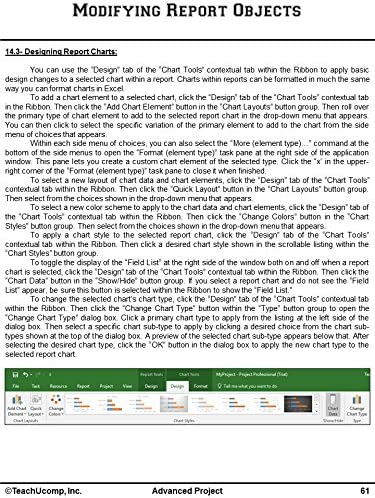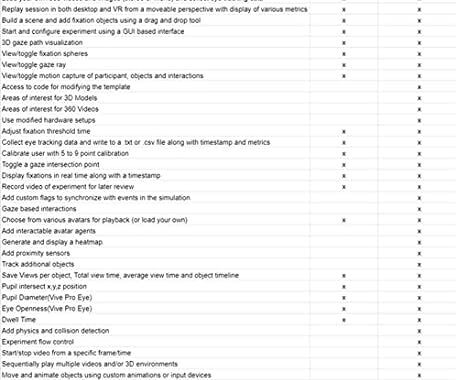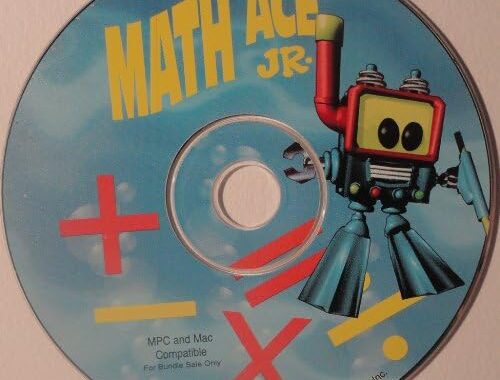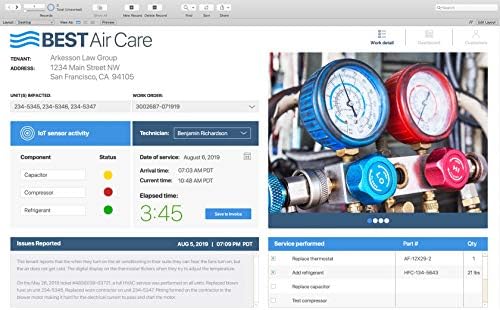Mastering Microsoft Project – The Ultimate Training Tutorial!

Introduction
Microsoft Project is an essential software for project management. It helps you to plan, execute, control and monitor projects effectively. In this training tutorial, we will explore how you can master Microsoft Project and become an effective project manager. This tutorial is designed for beginners and experts alike who want to enhance their skills in project management.
Getting Started
Before we delve into the details of mastering Microsoft Project, let’s start with the basics. First, you need to download and install the software on your computer. Once you have done that, you can launch the software and start with the tutorial. Microsoft Project is a user-friendly software that has an easy-to-use interface. You can easily navigate through the software and find the tools you need to manage your projects.
The Project Management Process
Before we dive into Microsoft Project, it is essential to understand the project management process. Project management involves various phases, including planning, execution, monitoring, and control. Each stage requires a different set of skills and tasks. Microsoft Project can help you with all these stages by providing relevant tools and features.
Planning with Microsoft Project
Planning is the first stage of project management. In this stage, you define the project scope, objectives, and constraints. You also need to create a detailed plan that includes tasks, timelines, and resources. Microsoft Project provides various tools to help you with this stage. You can create a list of tasks, assign durations and dependencies, and allocate resources. You can also set deadlines and track progress.
Executing the Project Plan
 Once you have defined the project plan, you need to execute it. This stage involves coordinating resources, communicating with stakeholders, and managing risks. Microsoft Project can help you with this stage by providing features like Gantt charts, resource allocation, and status reports. You can also track progress and make necessary changes to the plan.
Once you have defined the project plan, you need to execute it. This stage involves coordinating resources, communicating with stakeholders, and managing risks. Microsoft Project can help you with this stage by providing features like Gantt charts, resource allocation, and status reports. You can also track progress and make necessary changes to the plan.
Monitoring and Controlling the Project
Monitoring and controlling the project is essential to ensure that you are on track to meet your project objectives. You need to track the progress, identify any issues, and make necessary adjustments. Microsoft Project provides various tools to help you with this stage. You can generate progress reports, track expenses, and manage risks.
Mastering Microsoft Project
Now that you have a basic understanding of the project management process let’s dive into mastering Microsoft Project. The first step is to familiarize yourself with the different features and tools the software offers. You can do this by going through the tutorial and experimenting with the software.
Familiarizing Yourself with the Interface
The first step in mastering Microsoft Project is to familiarize yourself with the interface. The interface consists of various tabs, groups, and tools. You can customize the interface based on your preferences. You can choose which tabs and tools you want to display on the screen.
Creating a Project
 Creating a project is the first step in using Microsoft Project. You need to define the project scope, create a task list, and allocate resources. You can do this by using the task, resource, and timeline views. You can create a project from scratch or use a template.
Creating a project is the first step in using Microsoft Project. You need to define the project scope, create a task list, and allocate resources. You can do this by using the task, resource, and timeline views. You can create a project from scratch or use a template.
Defining Tasks and Resources
The next step is to define tasks and resources. You need to create a list of tasks, assign durations, dependencies, and allocate resources. You can do this by using the Gantt chart view or the task sheet view. You can also use the resource sheet view to allocate resources.
Creating a Schedule
 Creating a schedule is an essential step in project management. You need to set deadlines and define timelines. You can do this by using the timeline view or the Gantt chart view. You can also use the critical path analysis tool to identify critical tasks.
Creating a schedule is an essential step in project management. You need to set deadlines and define timelines. You can do this by using the timeline view or the Gantt chart view. You can also use the critical path analysis tool to identify critical tasks.
Tracking Progress
Tracking progress is essential to ensure that you are on track to meet your project objectives. You can do this by generating progress reports, tracking expenses, and monitoring resource allocation. You can also use the Gantt chart view or the timeline view to track progress visually.
Managing Risks
Managing risks is crucial in project management. You need to identify potential risks, assess the likelihood of the risks, and create a risk management plan. Microsoft Project provides various features to help you manage risks, including the risk management tool.
Collaborating with Others
Collaboration is essential in project management. You need to communicate with stakeholders, share documents, and work together to achieve project objectives. Microsoft Project provides various features to help you collaborate, including the team planner view and the share feature.
Conclusion
Mastering Microsoft Project is essential if you want to become an effective project manager. This tutorial has covered the essential features and tools that you need to know to master Microsoft Project. Microsoft Project is a user-friendly software that can help you plan, execute, monitor, and control projects effectively. With practice and experience, you can become a master of Microsoft Project and achieve success in project management.

![Amazon.com: Band-in-a-Box 2019 Pro for Mac [Old Version]](https://www.coupondealsone.com/wp-content/uploads/2024/04/2O6e4Cw25Z6a.jpg) Band in a Box 2019 Flash Drive Review
Band in a Box 2019 Flash Drive Review  WorldViz SightLab Tracking Software Omnicept Review
WorldViz SightLab Tracking Software Omnicept Review  Math ACE Jr. Review: A Must-Have Learning Tool for Kids Ages 4-8
Math ACE Jr. Review: A Must-Have Learning Tool for Kids Ages 4-8  Review of Image Line Software Studio Signature Bundle
Review of Image Line Software Studio Signature Bundle  FileMaker Pro Advanced Review
FileMaker Pro Advanced Review ![Amazon.com: Punch! ViaCAD 2D/3D v12- For Mac [Mac Download] : Software](https://www.coupondealsone.com/wp-content/uploads/2024/04/YBusi9QdX6E2.jpg) ViaCAD v12 for Mac Review
ViaCAD v12 for Mac Review  Elevate Your Baking with the Stylish and Powerful Drew Barrymore 5.3-Quart Stand Mixer
Elevate Your Baking with the Stylish and Powerful Drew Barrymore 5.3-Quart Stand Mixer  Review of the Sterilizer Charging Wireless Certified Sanitizer
Review of the Sterilizer Charging Wireless Certified Sanitizer  DESTEK VR Controller Review
DESTEK VR Controller Review